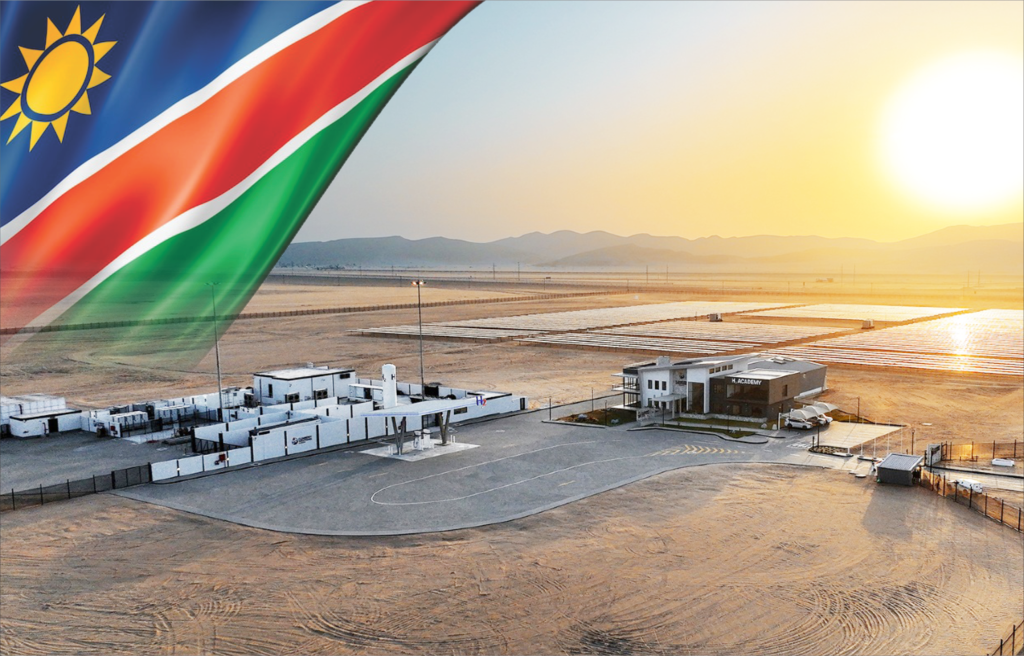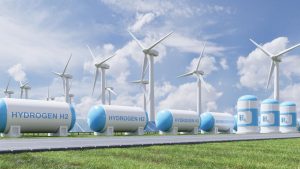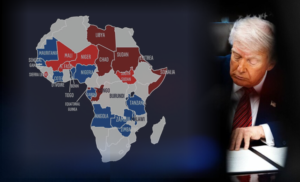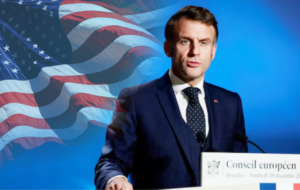RECAP: Namibia – Hydrogen Sunrise in Southern Part of Africa

A €150 million (N$2.9 billion) bet has been placed on Southern Africa’s future. An infrastructural venture of high-stakes to position Namibia and South Africa as global leaders in the green hydrogen revolution. Spearheaded by Climate Fund Managers (CFM), the new Climate Investor Three (CI3) fund is a calculated blend of European capital and African ambition, aiming to build an entire industry from the arid soil and abundant sunshine of the region.
![]()
At its core, the fund is a massive financial engine designed to solve a critical problem: green energy projects, especially in a nascent sector like hydrogen, are seen as risky. To counter this, CI3 employs a blended finance model. European donors have put in the first €150 million as a financial cushion. This public money acts as a safety net, absorbing the high-stakes risks of early-stage development. The goal? To make these projects palatable to massive private sector investors, the institutional capital needed to truly drive impact at scale.
This financial architecture is where business and politics merge. The fund is structured as a family of funds, with specific branches reaching dip into the national fabric of its partners. In Namibia, it’s called SDG Namibia One. This is an identified foreign investment, directly partnering with the Environmental Investment Fund of Namibia (EIF).
In the EIF’s CEO (Benedict Libanda) reaction at the onset, this was a moment of national importance. He stressed that for a sector still in its infancy, global partnerships are vital. This is about a race to overcome technological challenges and scale up production. Libanda’s vision was one of collaboration, pooling resources and knowledge to accelerate the transition towards a low-carbon future. It’s a social and political gamble, betting that this collaboration can transform local industries, secure a new economic foundation for the nation and provide lasting energy security.

A similar model, the SA-H2 fund, is being deployed in South Africa, supported by a coalition of powerful local institutions including the DBSA and IDC. The strategy is clear: use the region’s abundant renewable resources and competitive production costs, as a springboard.
Sebastiaan Surie, CFM’s Head of Hydrogen, calls green hydrogen a – cornerstone of the global energy transition. But his message is more direct – emerging markets, he says, are poised to lead the charge. This €150 million is just the starting gun, an invitation for public and private investors to partner in shaping future of Southern Africa, and of global energy itself.






